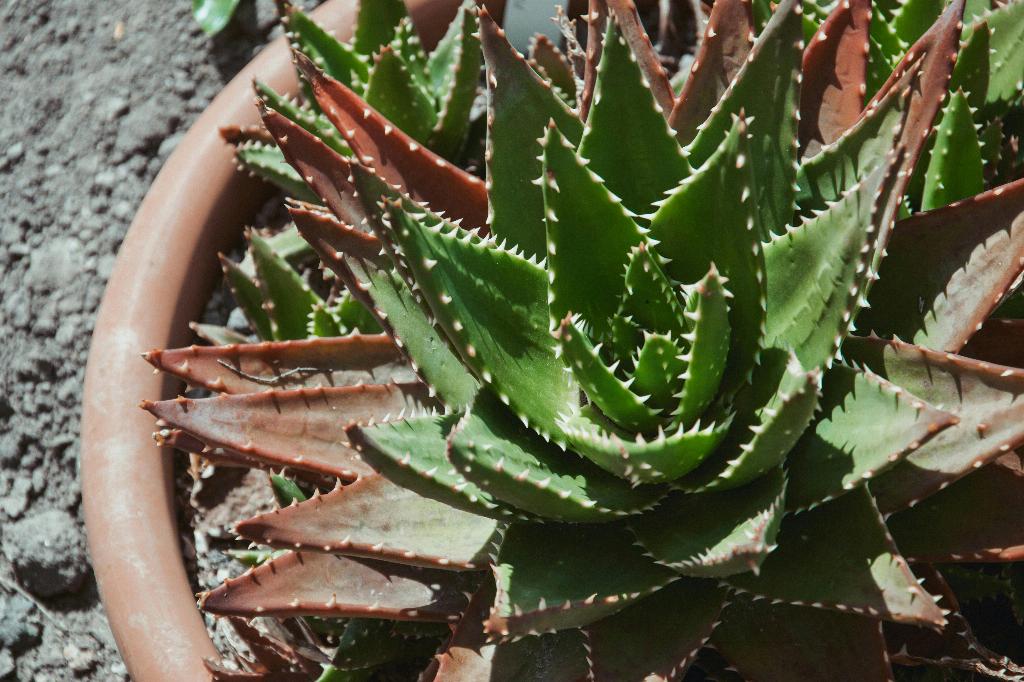Have you found yourself wondering, “Why is my Christmas cactus not blooming?” It’s a common concern among indoor plant enthusiasts, but fear not, as there are several factors that could be contributing to this issue.
Lighting Matters
One key factor that affects the blooming of your Christmas cactus is lighting. These plants are sensitive to changes in light exposure, particularly during the fall. If your cactus is receiving artificial light at night, this could disrupt its blooming cycle, leading to a lack of flowers.
Temperature Plays a Role
Another crucial element to consider is temperature. Christmas cacti thrive in specific temperature ranges for optimal blooming. High temperatures above 70°F can hinder the development of flowers. To encourage blooming, ensure that your plant is exposed to nighttime temperatures of 60 to 65°F, coupled with slightly warmer daytime temperatures.
Watering and Humidity
Proper watering practices are essential for the health and blooming of your Christmas cactus. Overwatering or underwatering can stress the plant and inhibit flower formation. Additionally, maintaining adequate humidity levels around the plant can promote healthy growth and blooming.
Fertilization Needs
Regular fertilization is crucial for providing the necessary nutrients for your Christmas cactus to bloom. A balanced fertilizer with higher phosphorus content can aid in flower production. Be cautious not to over-fertilize, as this can have adverse effects on blooming.
Consider Repotting
If your Christmas cactus has been in the same pot for an extended period, it may be time to consider repotting. A crowded root system can impede blooming and overall plant health. Repotting into a slightly larger container with fresh, well-draining soil can rejuvenate the plant.
Pruning and Maintenance
Regular pruning and maintenance of your Christmas cactus are essential for encouraging blooming. Removing spent or decaying segments can redirect the plant’s energy towards producing new growth and flowers. Pruning also helps maintain the plant’s shape and appearance.
Propagation and Growth Cycle
Understanding the growth cycle of your Christmas cactus is key to promoting blooming. These plants require a period of rest after flowering to set buds for the next blooming cycle. Consistent care and proper maintenance throughout the year can ensure a healthy growth cycle.
Pest Control
Pests such as spider mites or mealybugs can infest Christmas cacti, causing stress and blooming issues. Regularly inspect your plant for signs of pests and treat them promptly to prevent any adverse effects on blooming.
Seasonal Changes
As a seasonal bloomer, your Christmas cactus may exhibit variations in blooming patterns based on environmental changes. Factors such as daylight length and temperature fluctuations can influence the plant’s blooming behavior. Maintaining consistent care routines can help mitigate these effects.
Patience and Observation
Patience is key when addressing blooming issues with your Christmas cactus. It may take some time and adjustment to correct any underlying factors that are inhibiting flower production. Regularly observe your plant’s growth and make necessary changes to promote blooming.
Consulting with Experts
If you’ve tried various methods to encourage blooming in your Christmas cactus without success, consider consulting with plant care experts or horticulturists. They can offer tailored advice based on your specific plant care practices and environmental conditions.

Final Thoughts
In conclusion, the blooming of your Christmas cactus hinges on a combination of factors, including lighting, temperature, watering, fertilization, maintenance, and seasonal changes. By addressing these aspects with care and attention to detail, you can enhance the blooming potential of your beloved plant and enjoy vibrant flowers during the festive season.
